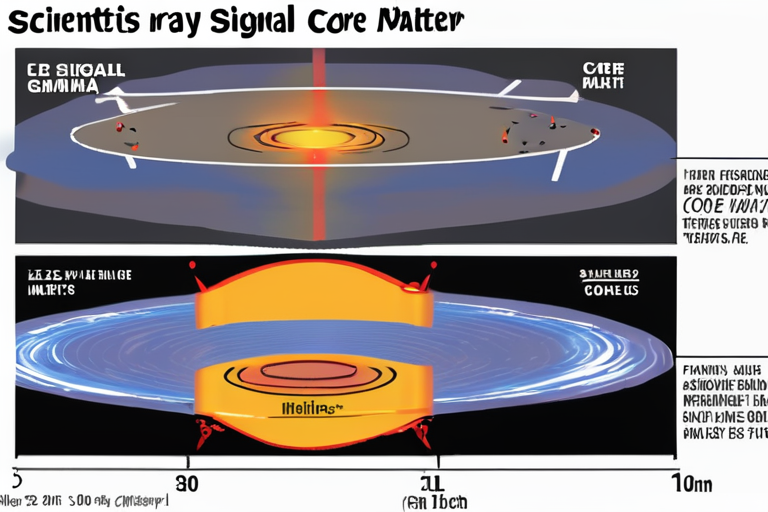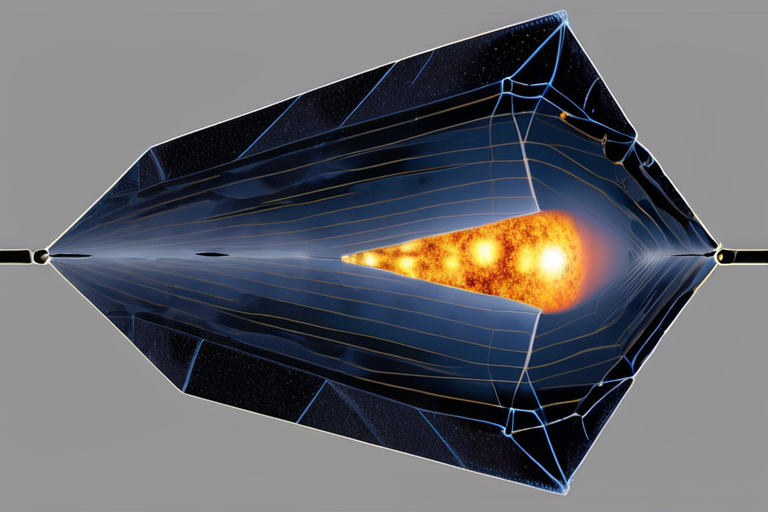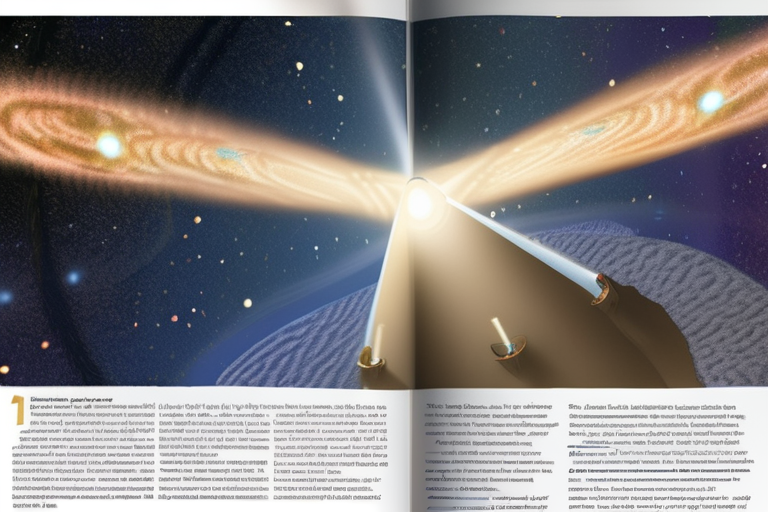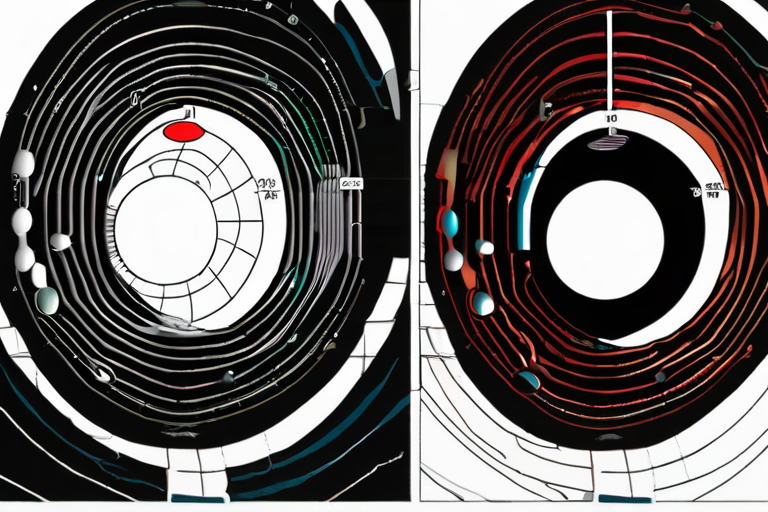Scientists Uncover Mysterious Gamma Ray Signal at Milky Way's Core, Raising Dark Matter Hopes


Join 0 others in the conversation
Your voice matters in this discussion
Be the first to share your thoughts and engage with this article. Your perspective matters!
Discover articles from our community

 Hoppi
Hoppi

 Hoppi
Hoppi

 Hoppi
Hoppi

 Hoppi
Hoppi

 Hoppi
Hoppi

 Hoppi
Hoppi

JWST Discovery Suggests Universe's First Stars Powered by Dark Matter A team of astronomers has made a groundbreaking discovery using …

Hoppi

Astronomers Discover Most Powerful and Distant Cosmic Ring Ever Seen: Implications for Astrophysics and Beyond In a groundbreaking discovery, astronomers …

Hoppi

Scientists Turn to Table Sugar to Hunt for Dark Matter In a novel approach to the decades-long search for dark …

Hoppi

Dark Matter Mystery Deepens: Centre of Galaxy Teeming with Unseen Particles In a groundbreaking discovery that has left scientists abuzz, …

Hoppi

Black Holes May Hold Key to Decades-Old Cosmic Enigma A team of scientists from the Norwegian University of Science and …

Hoppi

Scientists Uncover Hidden Fingerprints of Dark Matter A team of researchers from Rutgers University has made a groundbreaking discovery by …

Hoppi